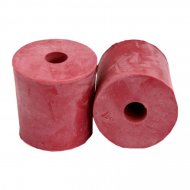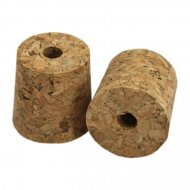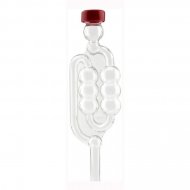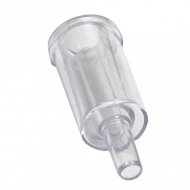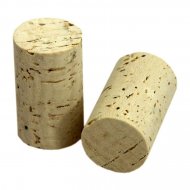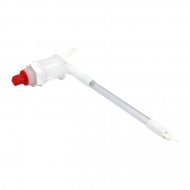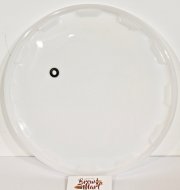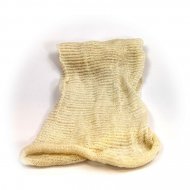Dry Sack - Home Brew Wine Recipe
Many, out of curiosity, want to try making a sack, once a favourite English drink mentioned by Shakespeare and earlier writers. Some argue that sack is a corruption of the Spanish word for dry, ‘secco’, but it is more likely that it derives from ‘Sacke ‘ sherry, which was first shipped to Plymouth from Spain in the 15th century. The name was taken from the Spanish word ‘sacar’, to export. As a descriptive term, it later applied to mead as well.
This is an adaptation of an old country recipe for making mock sack
|
Ingredients |
Metric |
British |
USA |
|
Fennel roots |
3 or 4 |
3 or 4 |
3 or 4 |
|
Sprays of rue |
3 or 4 |
3 or 4 |
3 or 4 |
|
Honey |
1.75 kg |
4LB |
3LB |
|
2 teaspoons |
One dessert spoon |
1 tablespoon |
|
|
Water |
9 L |
2 gallon |
2 gallon |
|
|
|
|
|
|
|
|
|
- Wash the roots and leaves and boil them in the water for 45 minutes.
- Do not be tempted to add more fennel; you will get an unpleasantly strong flavour.
- Then pour the liquor through a nylon sieve
- Add the honey.
- Boil the whole for nearly 2 hours, skimming off any froth or scum which arises.
- Allow the liquor to cool to 21°C
- Add your chosen yeast and yeast nutrient
- Put into the fermentation vessel and fit the airlock.
- Like most meats, Sack may be a little slow to ferment and mature, and it is important not to omit the yeast nutrient, or this will be aggravated.
- Rack after four months if the Sack has cleared,
- If not, delay racking until it has.
- It is fit for drinking after one year





















